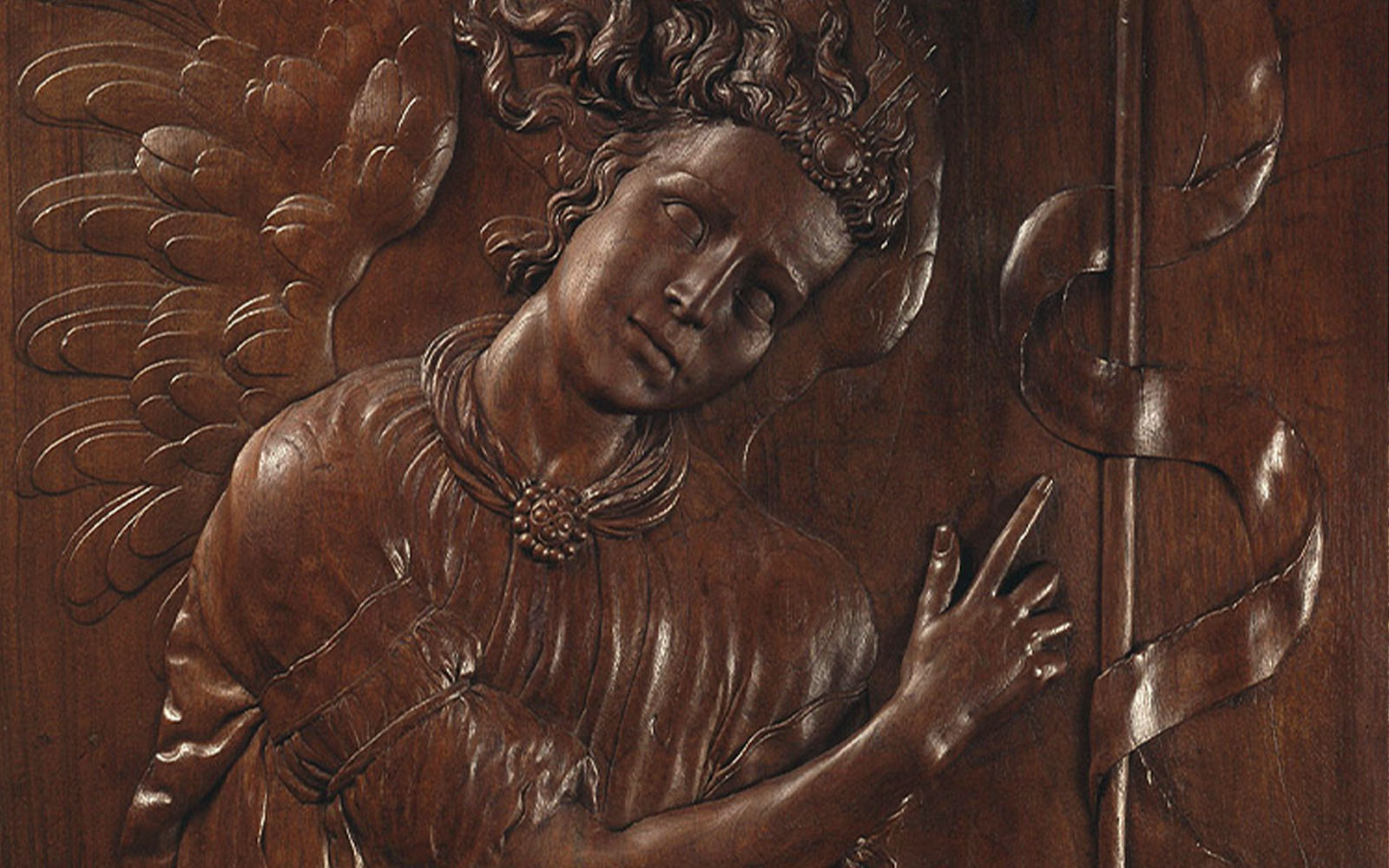New works on display in the Museum’s Renaissance Gallery
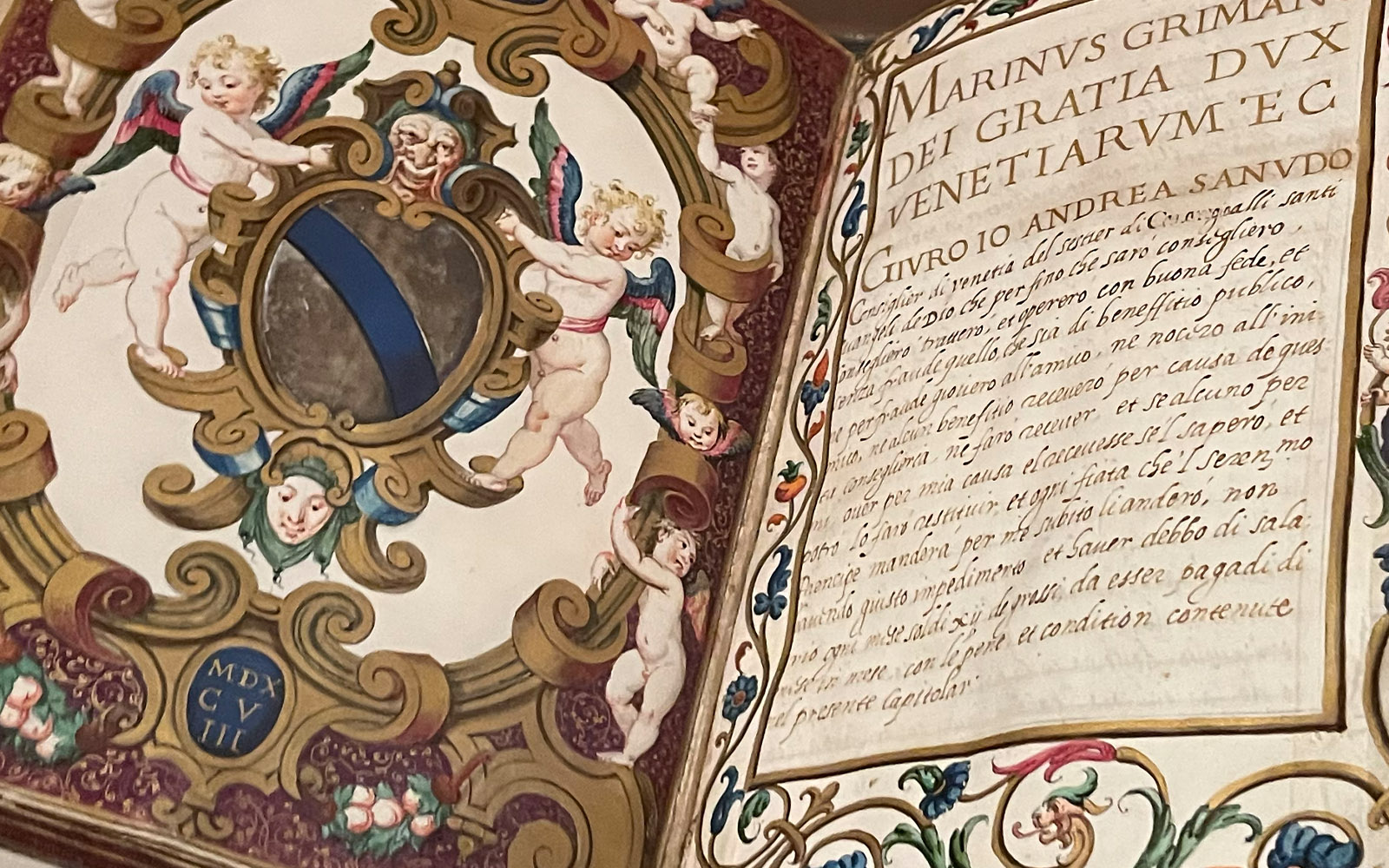
The display cases of the Museum’s Renaissance Gallery now hold a new group of objects from the 16th and 17th centuries. Six works from the book collection amassed by Calouste Gulbenkian reflect the highly skilled book production taking place at the time.
As the printing press became more established in Europe, bookbinding workshops also became progressively more sophisticated. The strong eastern influence that was seen in books produced in the Republic of Venice was fundamental in the development of the book art of this period. Originating in Italy, as well as in France and Germany, these books constitute a diverse selection, ranging from Books of Hours to the poetry of Petrarch.
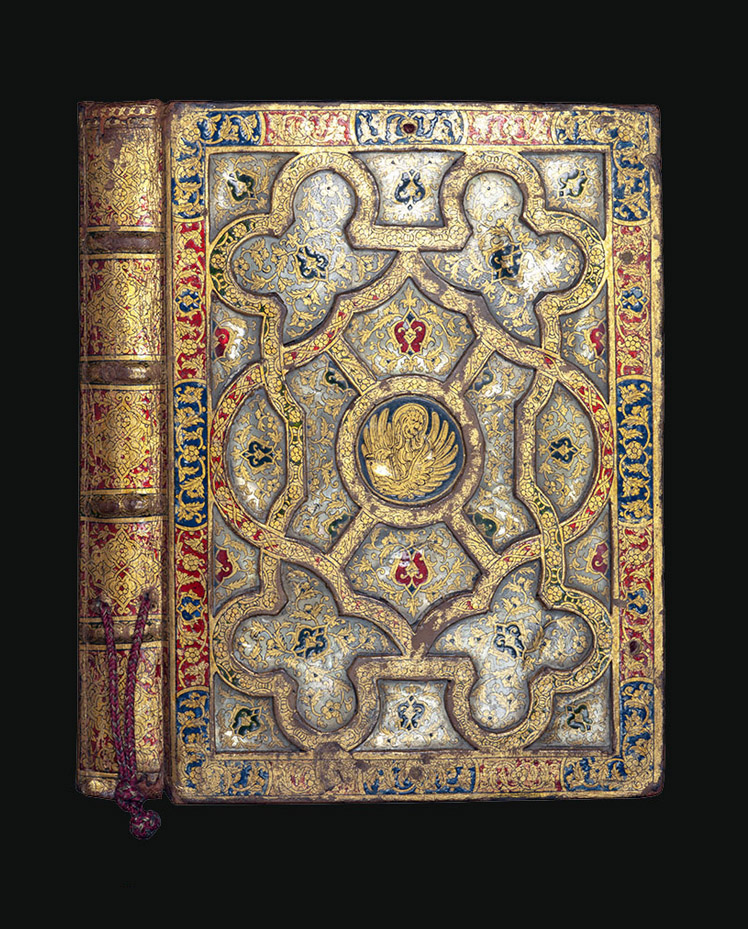
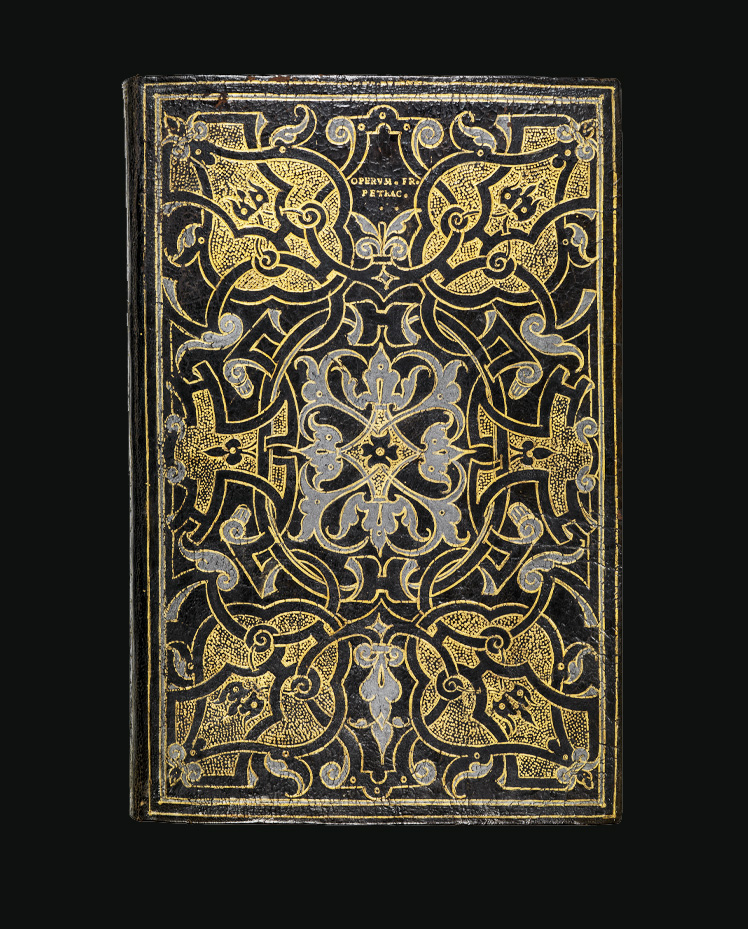
The Republic of Venice, along with Florence and Genoa, was also one of the centres where Italian production of precious fabrics achieved unprecedented levels during this period. Due to their complex manufacturing processes, these fabrics became exclusive to a social and religious elite. This is the context in which the two chasubles now on display in the Museum were made. This liturgical accessory was worn only by priests for celebrating the mass and for this reason, it became a luxury item aimed at a niche within the clerical hierarchy. Velvet, a symbol of wealth and power, was one of the preferred fabrics used in its production.

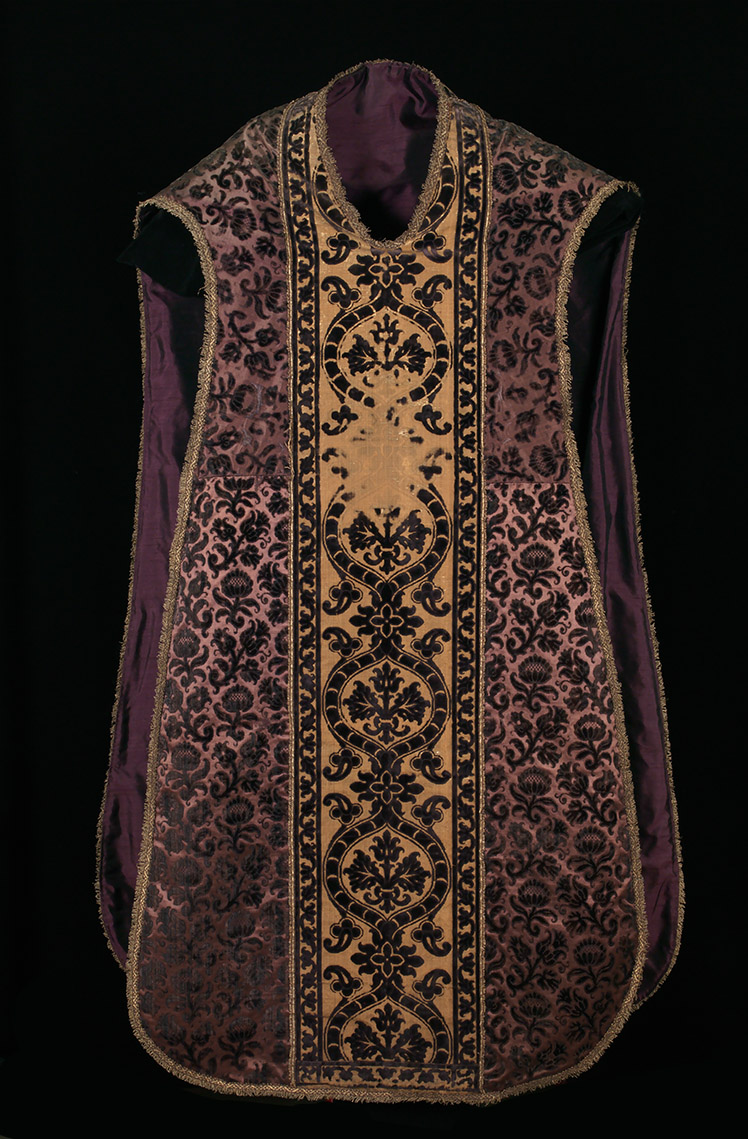
On display, we also find a bas-relief depicting the angel Gabriel at the moment of the Annunciation. The dynamic nature of the figure already heralds the sense of movement that would later become fully established in the Baroque.
